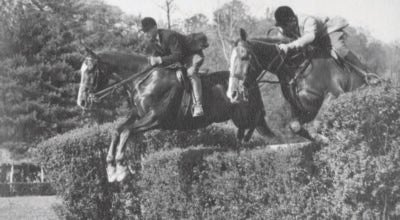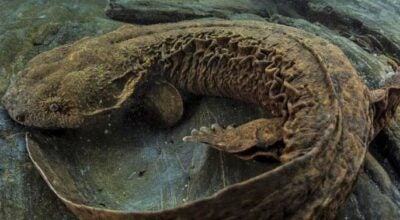Fall lawn feeding guidelines
Published 10:00 pm Friday, September 12, 2014
Mid-September is considered the optimal time to fertilize cool season grasses in Polk County. Tall fescue and Kentucky bluegrass are the most common cool season grasses grown. Locally, tall fescue is the predominant turfgrass found in lawns.
Fertilizing your cool season grasses is going to be particularly beneficial this autumn. Normally one application in mid-September and one treatment in mid-November is recommended. The first fertilizer application should have occurred earlier this year in mid-February.
By using this recommendation you will feed your lawn two-thirds of the needed annual fertilizer in the fall when the grass can store the food in the stems and roots. Applying heavy rates of fertilizer in the spring is not wise and can often encourage just top growth. Timing of fertilizer application is important.
Extension Turfgrass Specialists say the benefits of fall fertilization will be a thicker, greener lawn in the fall and a stronger start-up in the spring. The recommended fall application is one pound of nitrogen per 1,000 square feet. This rate will coincide with the directions on most slow release and turf grade fertilizers. Those folks accustomed to using 10-10-10 fertilizer for their lawns should use the application of 10 pounds per 1,000 square feet of lawn area.
According to the staff at the Polk County Extension Center, homeowners should never put fertilizer out on wet grass unless specified by the manufacturer. There are some “weed and feed” products that should be applied to wet turf. Be certain to read the label of any special turf fertilizers.
For more information contact the Master Gardeners at the Polk County Extension Center. They can be reached Monday through Friday from 9 a.m.-noon at 828-894-8218.
— article submitted
by Sarah Gottfried





